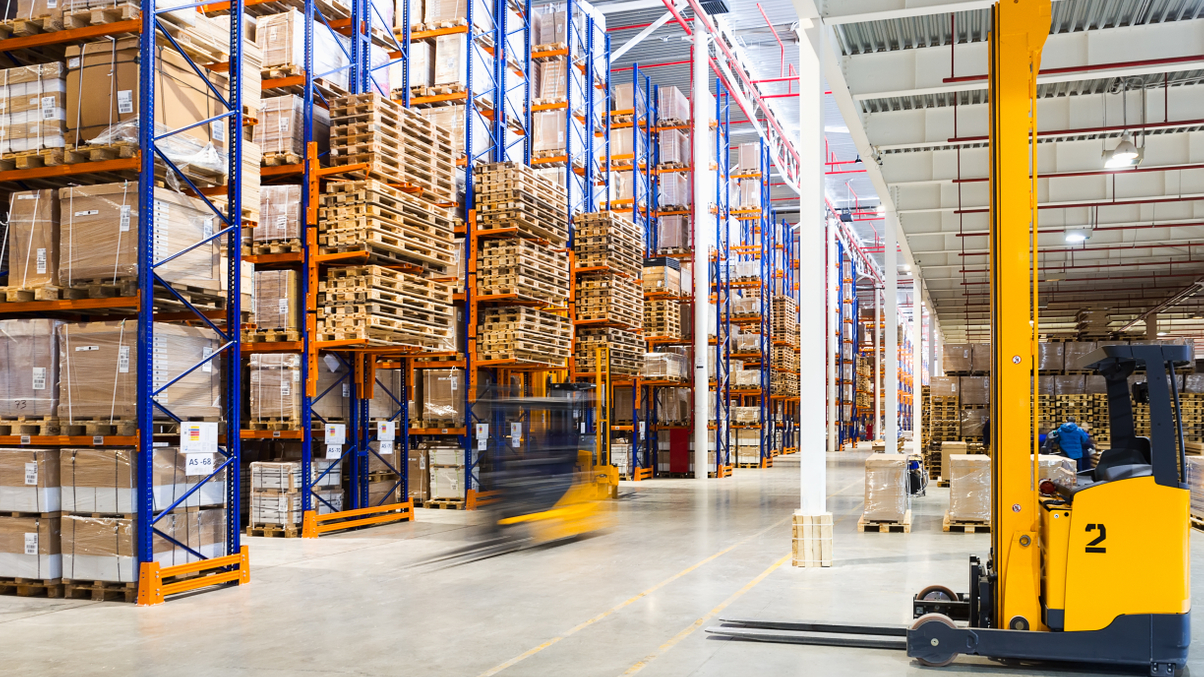Asia logistics still attractive despite narrowing yield gap over offices
Investors are not deterred by the thinning spread between logistics and office yields, as prices continue to climb in Australia.

Investors are increasing allocations to Asian logistics despite its disappearing yield advantage over office assets.
Sign in to read on!
Registered users get 2 free articles in 30 days.
Subscribers have full unlimited access to AsianInvestor
Not signed up? New users get 2 free articles per month, plus a 7-day unlimited free trial.
¬ Haymarket Media Limited. All rights reserved.


